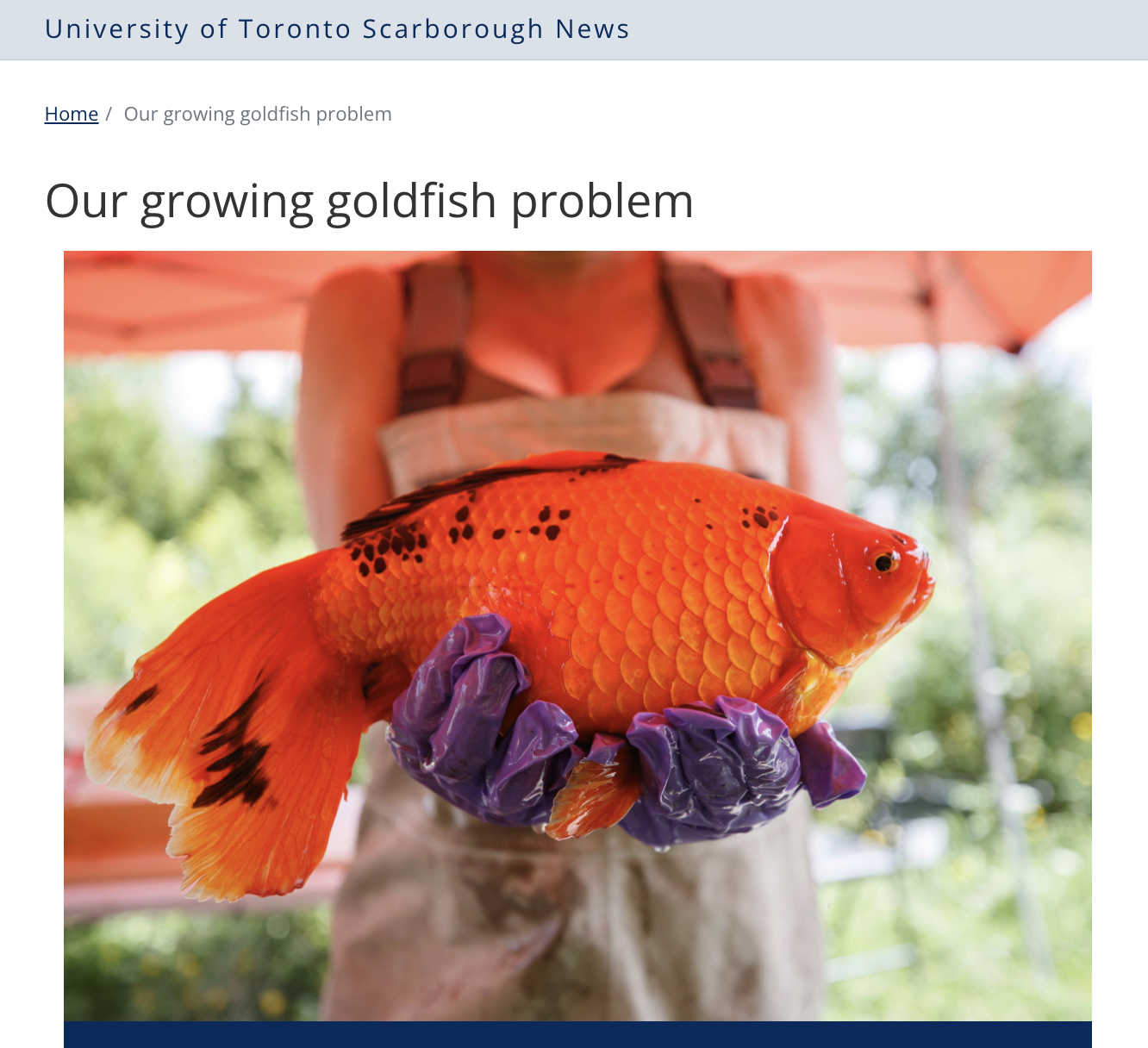
Department of Biological Sciences
🎙 Tell us about yourself?
I am a Professor in the Department of Biological Sciences at the University of Toronto Scarborough and Director of a professional Master’s program in Conservation and Biodiversity. My research lab examines the biogeography, biodiversity, and conservation of freshwater fishes, particularly endangered and invasive species. I am a Research Associate with the Royal Ontario Museum and the South Africa Institute for Aquatic Biodiversity. I have co-authored more than 300 scientific articles and reports, and several books, including the upcoming second edition of the ROM Field Guide to the Freshwater Fishes of Ontario.
🎙 What are your research interests & what are you currently researching?
Recently, the Mandrak lab has conducted research on historical changes in fish assemblages in the Credit River, Ontario, watershed as it becomes increasingly urbanized. The lab is currently examining the synergistic effects of invasive species and climate change and native fishes in urban environments, and the risk of the spread of invasive species from urban ponds.
🎙 What is the significance of your current research?
Our research will provide watershed and resource managers with information on the threats to native aquatic biodiversity in urban areas so that effective mitigation actions can be developed and implemented.
🎙 Any interesting insights/results so far related to your research?
Click on the image on the right to see the UofT Magazine article on goldfish!
🎙 What aspirations do you have for your research? How do you see it being utilized?
The Mandrak lab will continue its research on the ecosystem functions and services, including risks, of urban ponds and conduct research on historical fish assemblage changes in additional GTA watersheds, such as the Rouge. It is hoped that our research will be used by watershed and resource managers to develop and implement effective actions to mitigate the threats to native aquatic biodiversity.
